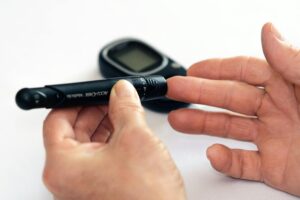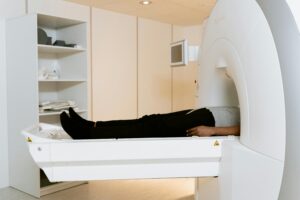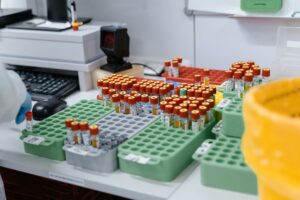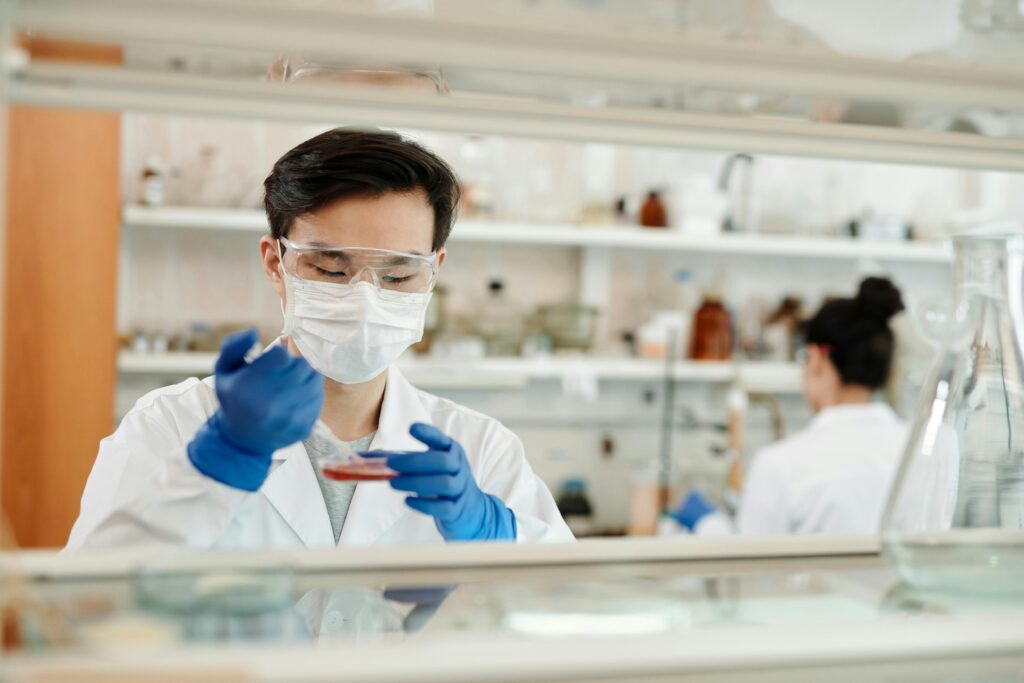Technology has transformed the health care industry, reshaping the delivery of medical care, diagnosis, and treatment. Developments in artificial intelligence, telemedicine, wearable technology, and handling of data have increased the effectiveness, accessibility, and patient-focused nature of health care. Technology in the health industry not only enhances patients’ outcomes but also the health care systems globally.
Enhancing Diagnosis and Treatment
The greatest advantage of technology to medicine is the capability to enhance diagnostic potential and the effectiveness of treatment. Machine learning and artificial intelligence have made it possible for doctors to analyze large volumes of medical data at high speed and hence make more accurate diagnoses. Imaging technologies like MRI and CT scans based on artificial intelligence allow diseases to be detected at an early stage, and this results in a high rate of curing them.
Robotics is another technology that has revolutionized operations. Robotic surgery enhances accuracy, reduces invasiveness, and shortens patient recovery time. These technologies have minimized human errors and enhanced patient safety during surgery.
Telemedicine and Remote Healthcare
Telemedicine is a revolution in healthcare, especially post-COVID-19. It is now convenient for patients to get medical consultation from doctors without visiting a hospital or clinic. Video conferencing and online websites enable patients to get medical consultation, prescription, and even mental therapy at home. Telemedicine has enhanced access to care, especially for patients who live in rural or under-served communities.
Wearable Technology and Personalized Medicine
Wearable technology, such as smartwatches and fitness wearables, has made it possible for people to monitor their health in real time. They are able to take heart rate, blood pressure, oxygenation levels, and even identify abnormal rhythms that will alert to probable future health issues. Medical practitioners can therefore use such data and design tailored care regimens exactly tailored to a particular patient’s individual needs.
Moreover, genomics and biotechnology have enabled personalized medicine. DNA sequencing and genetic testing enable doctors to adapt treatment to the patient’s individual genetic makeup, resulting in the maximum impact of treatment with the least side effects.
Big Data and Health Care Management
The healthcare sector generates enormous amounts of data every day, and big data analytics plays a very important role in handling the data in the appropriate way. Electronic Health Records (EHRs) offer a convenient way of storing and accessing patient information, laboratory test reports, and treatment plans. It saves paper, prevents errors, and ensures adequate coordination among health professionals.
Big data supports predictive analytics to detect trends of diseases and epidemics prior to their becoming epidemically widespread. Such a preventive measure assists governments and healthcare organizations to conserve resources and practice preventive medicine.
Challenges and Ethical Concerns
Even though technology has revolutionized healthcare, it has its issues. Confidentiality of patients and protection of data are at the forefront of the list of issues since cyber attacks and data breaches can be used to create breaches in confidential medical data. Ethical issues regarding the use of AI in medical decision-making need to be addressed in order to determine fairness and equitable treatment.
Conclusion
The use of technology in the healthcare industry cannot be questioned. Technology continues to transform the industry from enhanced treatment and diagnosis to enhanced accessibility and customization of care. Although the future will be more efficient, patient-centered, and data-driven with faster innovation, care needs to be taken to maintain security and ethics in balance in a way to reap the maximum value from the technology without sacrificing safety and confidentiality to the patients at the same time.



